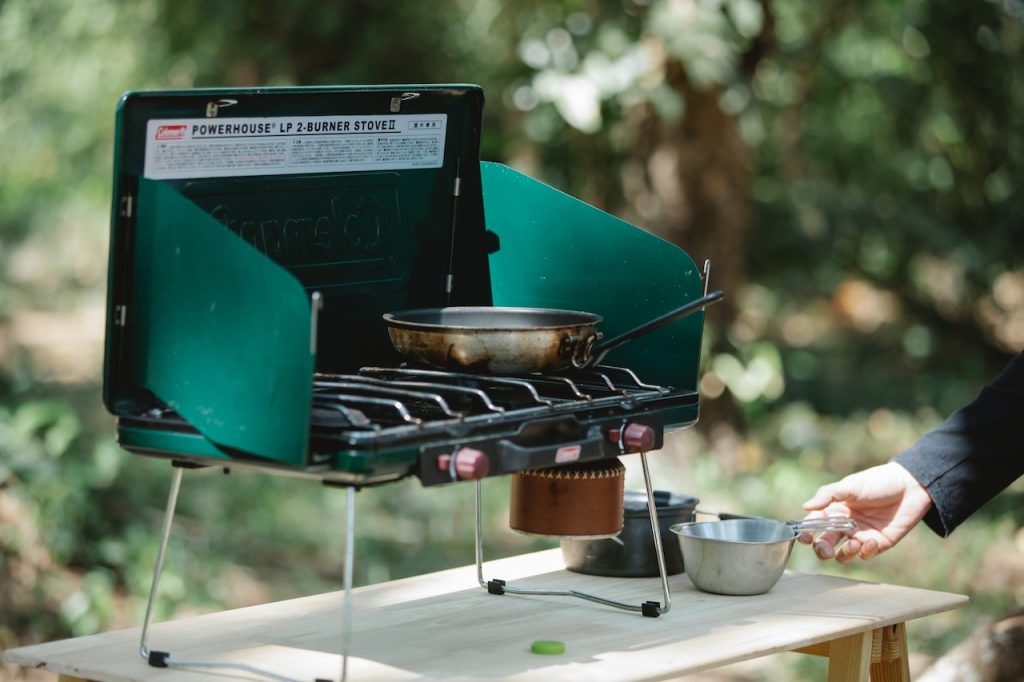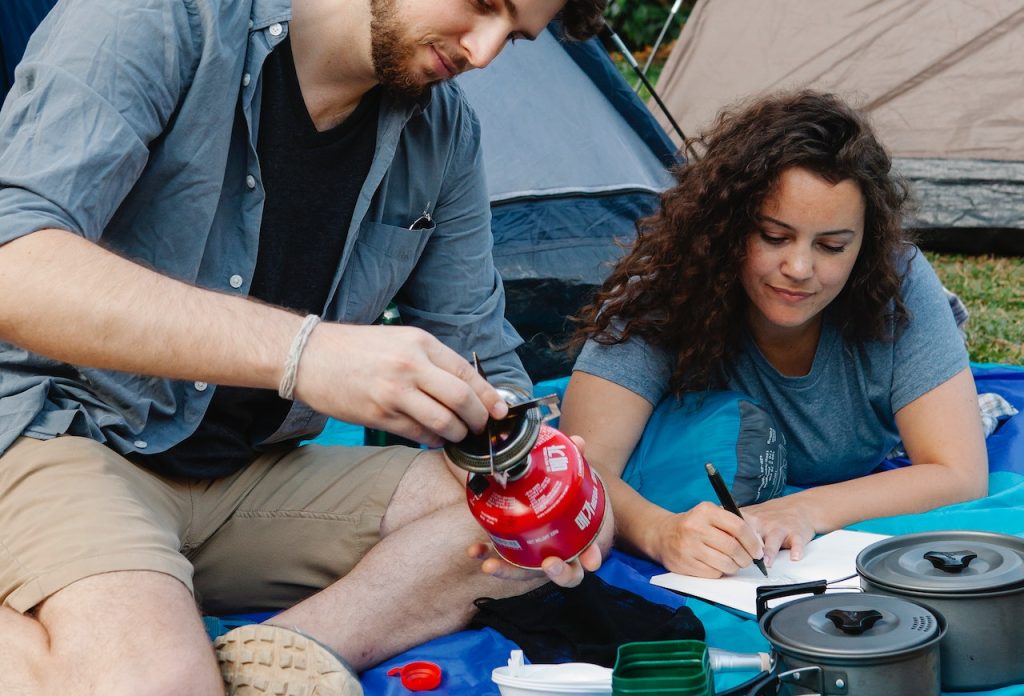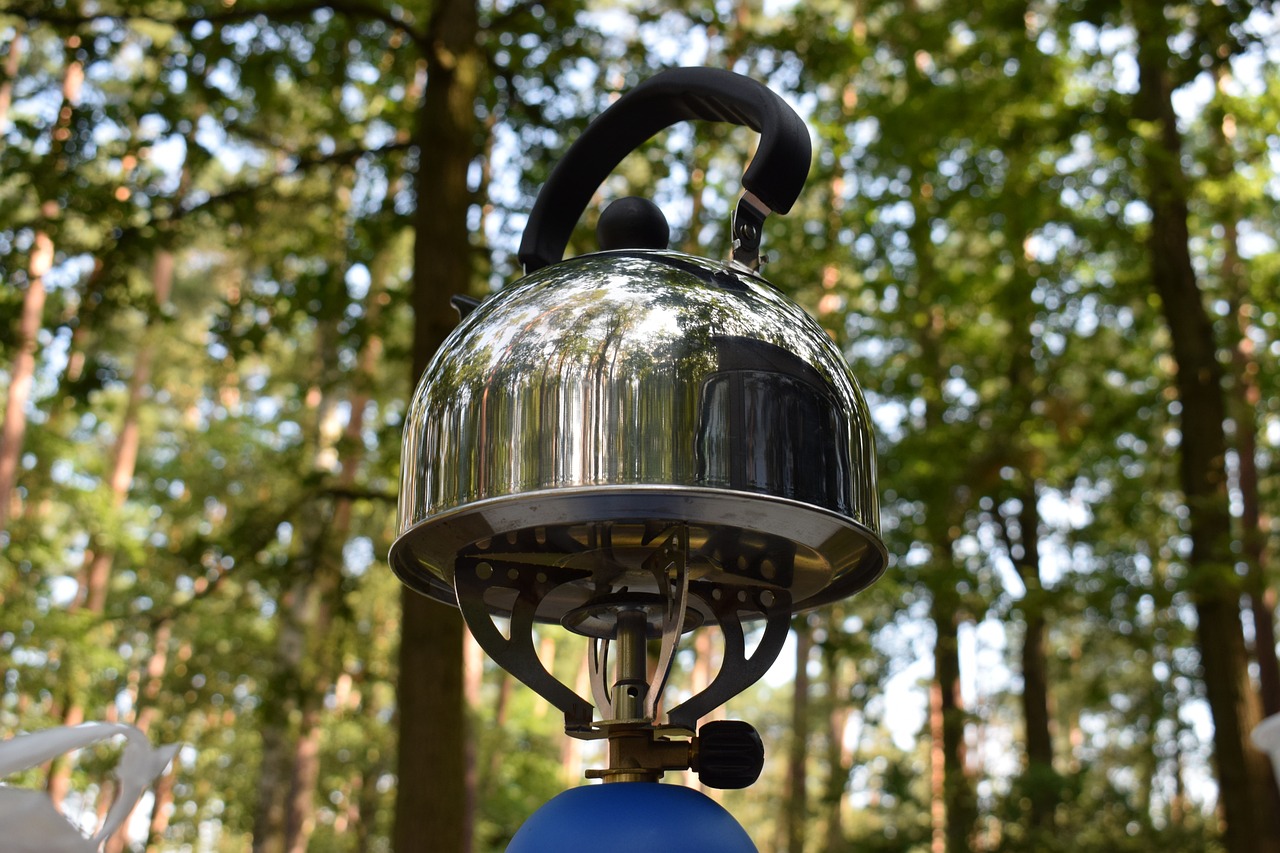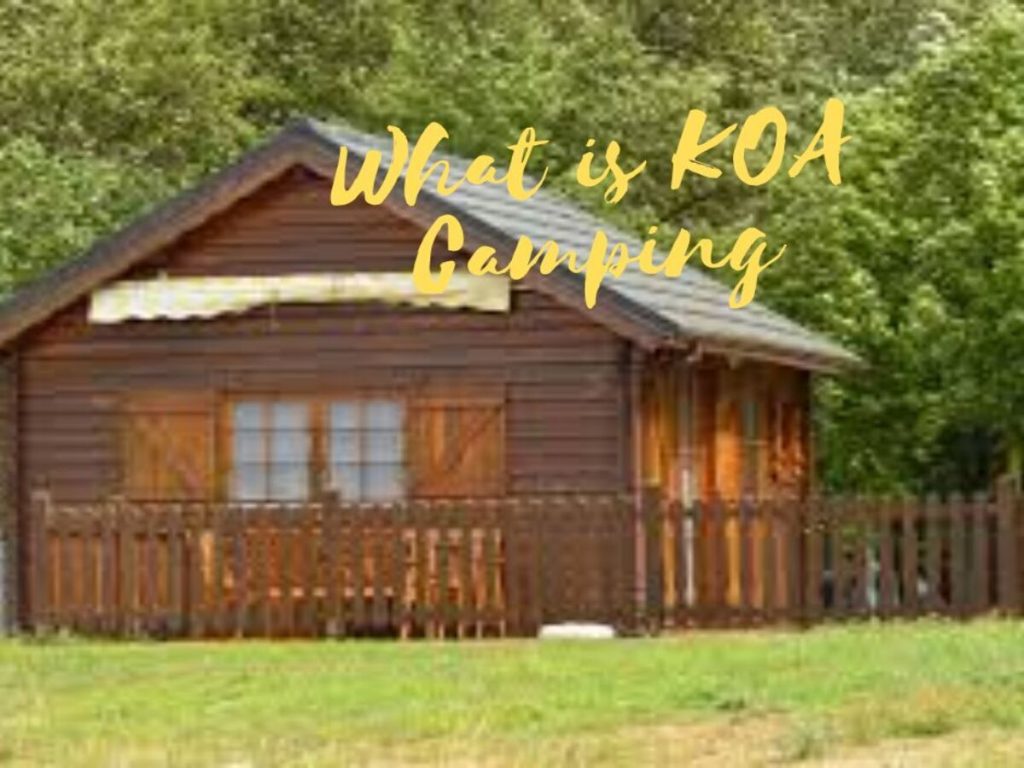Can you use a camping stove indoors? This is a frequently asked question by those who enjoy the convenience and portability of camping stoves but may only sometimes have access to an outdoor cooking area. Awareness of the potential risks of using a camping stove indoors is essential. These appliances are designed for outdoor use and can release harmful gases or pose a fire hazard if misused.
This article will discuss the dangers of using a camping stove inside a camp and provide tips for safe outdoor use.
What is a camping stove, and What is its intended use:
Table of Contents
ToggleCamping stoves are portable appliances designed for outdoor use. They are small and lightweight and can be powered by propane or butane. When an indoor kitchen is unavailable, you may use these stoves for cooking food, such as meats, vegetables, and grains. It is important only to use camping stoves in well-ventilated outdoor areas.
Overview of the Potential Risks of Using a Camping Stove Indoors:
It would be best not to use camping stoves indoors due to the risk of carbon monoxide poisoning and fire hazards. Open flames and the potential for gas leaks can cause serious problems. It is essential only to use camping stoves in well-ventilated outdoor areas.
It is also essential to consider proper ventilation when using a camping stove indoors. The fumes from the fuel can be harmful if inhaled. In addition, using a camping stove indoors may be against the manufacturer’s guidelines and could void the warranty on the product.
Camping Stove Safety
Safety considerations for using a camping stove indoors:
Carbon monoxide poisoning:
One of the primary concerns with using a camping stove indoors is the risk of carbon monoxide poisoning. Carbon monoxide is an invisible and scentless gas produced when fuels like propane or butane are burned. Inhaling high levels of carbon monoxide can be deadly, as it prevents the body from getting enough oxygen. When using a camping stove indoors, it is vital to ensure proper ventilation to allow the gas to dissipate safely. If you use the stove in a poorly ventilated space, the carbon monoxide fumes can build up, leading to the risk of carbon monoxide poisoning.
Fire hazards:
Another concern with using a camping stove indoors is the risk of fire. Camping stoves use open flames for cooking food and, if not used properly, can pose a significant fire hazard. It is essential to follow the manufacturer’s guidelines for using the stove and keep flammable materials, such as curtains or towels, away from it.
Proper ventilation:
Proper ventilation is crucial when using a camping stove indoors to ensure that harmful fumes and gases can dissipate safely. If you use the stove in a poorly ventilated space, the carbon monoxide fumes can build up, leading to the risk of carbon monoxide poisoning. It is equally important to ensure that you use the stove in a well-ventilated area to prevent the build-up of fumes and gases that can be harmful if inhaled.
Follow the manufacturer’s instructions:
Make sure to read the manufacturer’s instructions carefully and follow them closely to ensure the safe use of the stove.
Use a stable, flat surface:
Place the stove on a durable, flat surface to prevent it from tipping.

Keep a fire extinguisher nearby:
Keeping a fire extinguisher or other fire-suppression tool nearby in an emergency is a good idea.
Turn off the stove when not in use:
Make sure to turn off the stove when you finish cooking before going to sleep or leaving the area.
Inspect the stove regularly:
Regularly inspect the stove for any damage or wear and tear, and replace any faulty parts.

Alternatives to using a camping stove indoors
Alternatives to using a camping stove indoors:
Electric stovetops:
Electric stovetops are a common alternative to using a camping stove indoors. These stovetops are powered by electricity and do not produce harmful fumes or gases. They make them a safe option for indoor use. You can use electric stovetops for cooking various foods, and they are typically easy to clean and maintain.
Microwaves:
Microwaves are another alternative to using a camping stove indoors. These devices use microwaves for cooking and warming food. They are a convenient option for quickly heating leftovers or preparing small meals.
Hot plates:

Hot plates are portable electric cooking devices that you can use as an alternative to a camping stove indoors. They have a heating element that can cook various foods, including meats, vegetables, and grains. They are typically small and lightweight, making them easy to store and transport.
It is important to note that while these alternatives may be safer for indoor use, it is still important to follow proper safety guidelines. You should use caution when cooking in any setting.
Conclusion
Using a camping stove indoors can present several risks, including carbon monoxide poisoning, fire hazards, and the potential for harmful fumes and gases.
It is suggested to consult the manufacturer’s guidelines for help and to follow any specific instructions written to ensure the safe use of a camping stove indoors. It is also important to ensure proper ventilation when using a camping stove indoors and to keep flammable materials away from the stove.
Overall, it is generally safer to use alternatives to a camping stove, such as an electric stovetop, microwave, or hot plate, for indoor cooking. However, it is necessary to use a camping stove indoors. In that case, it is essential to use caution and follow proper safety guidelines to minimize the risks and hazards associated with its use.
FAQs
Can you use a wood-burning stove indoors?
You can use wood-burning stoves indoors as a primary or secondary heat source. However, following proper installation and safety guidelines is essential to prevent fires and ensure adequate ventilation. Wood-burning stoves should be installed by a certified professional and used in a well-ventilated area.
Are propane camp stoves safe to use indoors?
Using propane camp stoves indoors is generally unsafe due to the risk of carbon monoxide poisoning. Propane camp stoves produce carbon monoxide when they burn, and this gas is odorless, colorless, and toxic. Carbon monoxide is a harmful gas that can accumulate in an enclosed space and cause serious health issues, including death, if inhaled in high concentrations.
Propane camp stoves can be dangerous if you do not use them properly. They can cause fires in addition to the risk of carbon monoxide poisoning. You should always use them in a well-ventilated area and follow the manufacturer’s instructions carefully.
Use an electric heater or a properly installed and vented wood-burning stove if you need a heat source indoors. It is generally safer to use these options instead of a camping stove. These heaters do not produce carbon monoxide and are less likely to cause fires.
Can you use a Coleman camp stove indoors?
A Coleman camp stove or other camping stove is generally not recommended indoors. They produce carbon monoxide and other gases that can be harmful when inhaled. It can cause symptoms such as headache, dizziness, and nausea and can be deadly in severe cases.
If you need to use a Coleman camp stove or any other type of camping stove indoors, it is important to ensure that the area is well-ventilated to allow the gases produced by the stove to dissipate. You should also follow the manufacturer’s instructions for safe use. Never leave the stove unattended while it is in use.
Stay safe!
Popular Articles:




